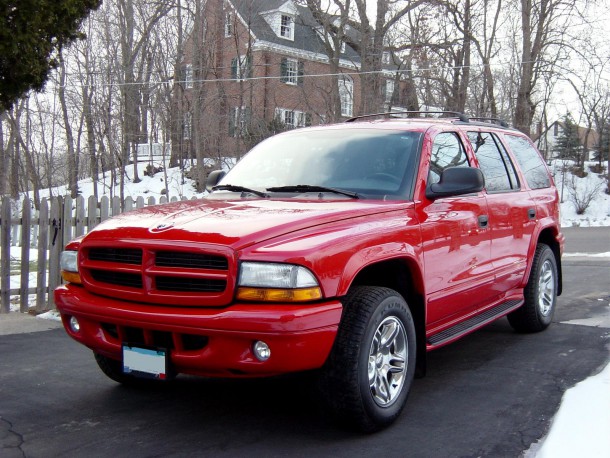Dodging the Grand Wagoneer’s Destiny?
Posted on Oct 20, 2014 in Editorials | 1 comment

Shandor writes:
I used to have an ’84 Jeep Grand Wagoneer. When it died, I replaced it with a new ’99 Dodge Durango. It seemed to be a fairly solid, updated replacement for the Wagoneer. My mechanic, who was a master Jeep mechanic, said that Chrysler came up with the Durango to fill the gap in the market created after the Grand Wagoneer stopped production in 1991.
Recently, I purchased an ’09 Chrysler Aspen, which is an improvement over the ’99 Durango and seems closer to what the Grand Wagoneer might have become if they had continued making the Jeep as a body-on-frame SUV.
I’m wondering, does anyone know if the first Durango was made intentionally to replace the extinct Grand Wagoneer? If so, it seems ironic that Jeep is now coming out with a new Grand Wagoneer based on the current Durango that may cause the Durango to become extinct.
Sajeev answers:
Shandor, your question warms my Lincoln-Mercury fanboi heart, because I think you — and all my loyal readers — appreciate my belief that the world’s supply of awesome fluctuates relative to the number of Lincoln Continentals and Mercury Cougars on the road.
Your mechanic isn’t stupid like yours truly, but the main reason why companies invest/risk on new products is not for fanboi loyalties: It’s all about the money, honey.
And yes, I remember GM pouring massive R&D cash into Corvette platforms during the bad times, but the 1999 Dodge Durango was no eight-year-belated replacement for an iconic wood-toned wagon. The follow-up to the Grand Wagoneer is technically the 1993 ZJ Grand Wagoneer.
SUVs of the 1980s were niche models with modest appeal. Most folks wanted hatchbacks, minivans or station wagons back then. The 1999 Dodge Durango was a different business case for a different decade. It was designed for the large volume, high-margin 1990s SUV market.
I’m sure the success of the Jeep XJ and ZJ was the foundation for Chrysler’s business case to build a Durango, but then examine the runaway success of the Chevy Tahoe and the ubiquitous Ford Explorer. Those latter products from rival automakers are the “house” built on that Jeep foundation.
And it was a house built upon badge engineering. The original Explorer was Ranger-like, the Tahoe was mostly a workaholic Suburban and other players, such as the Blazer and Expedition, deserve honorable mentions for their truck-a-like roots. Dodge needed a piece of that SUV action and a hacked up Dakota really wasn’t Jeep’s modus operandi back then. That changed once Cerberus re-aimed its Compass, but I digress…
The folks at Edmunds said it best, explaining how the Durango’s design sported one foot in the Explorer’s (2-row seating) market, the other in Tahoe (3-row) territory.
The Durango’s Grand Wagoneer connection? It’s there in spirit, but it sure is weak.





.gif)


Well, whether the GW and Durango are spiritual brothers or not, they do handle the same kinds of chores with the same ease. I always thought a loaded up Aspen or Durango Limited would make an entirely acceptable functional replacement for a GW.
Funny, I just traded off my wife’s ’04 Durango Limited yesterday. Hemi and all. Couldn’t see dropping $3000 into rust abatement (and god how those damn things rust), new tires and mechanical repairs on a vehicle worth $2500. She’s happily driving the roomier and more fuel efficient midsize crossover she actually belongs in now, and it will soak up 4×8 drywall sheets just as well.